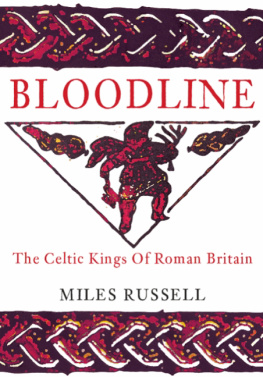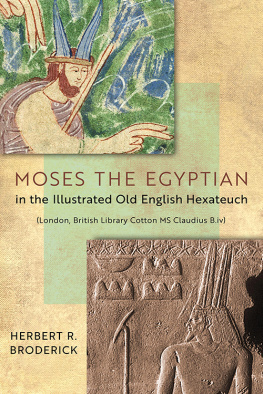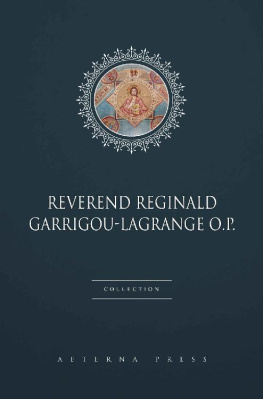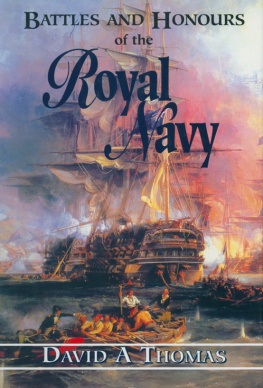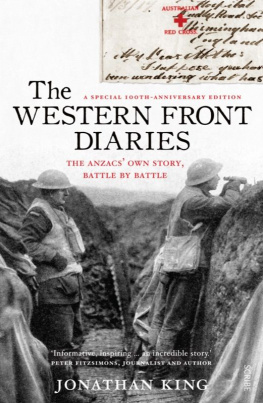NICKNAMES OF THE REGIMENTS AND HOW THEY WERE WON
"The Rusty Buckles."
The 2nd Dragoon Guards (Queen's Bays) got their name of "The Bays" in 1767 when they were mounted on bay horsesa thing which distinguished them from other regiments, which, with the exception of the Scots Greys, had black horses. Their nickname, "The Rusty Buckles," though lending itself to a ready explanation, is doubtful as to its origin; but one thing is certain that the rust remained on the buckles only because the fighting was so strenuous and prolonged that there was no time to clean it off.
"The Royal Irish."
The 4th Dragoon Guards received this title in 1788, in recognition of its long service in Ireland since 1698. The regiment also has the name of the "Blue Horse" from the blue facings of the uniform.
"The Green Horse."
The 5th Dragoon Guards were given this name in 1717 when their facings were changed from buff to green. Some time later, after Salamanca, they were also called the "Green Dragoon Guards."
"Tichborne's Own."
The 6th Dragoon Guards, or Carabiniers, have been known as "Tichborne's Own" ever since the trial of Arthur Orton, as Sir Roger Tichborne had served for some time in the regiment. The name of "Carabiniers" has distinguished them ever since 1692, when they were armed with long pistols or "carabins." With these weapons they did signal work in Ireland in 1690-1.
"Scots Greys."
This regiment, the 2nd Dragoons, has been known by many names: "Second to None," "The Old Greys," "Royal Regiment of Scots Dragoons," (in 1681, when they were commanded by the famous Claverhouse); "The Grey Dragoons" in 1700, the "Scots Regiment of White Horses," the "Royal Regiment of North British Dragoons" in 1707, the "2nd Dragoons" in 1713, and the "2nd Royal North British Dragoons" in 1866.
Associated with them and all their different names is the memorable cry of "Scotland for ever"that wild shout they raised as they charged the French infantry at Waterloo. At Ramillies they captured the colours of the French Rgiment du Roi and by this gained the right to wear grenadier caps instead of helmets. "Bubbly Jocks" is a nickname frequently used among themselvesa name derived from the fact that their dress in its general effect is not unlike that of the "Bubbly Jock" or turkey cock.
"Lord Adam Gordon's Life Guards."
The 3rd Hussars received this nickname from the fact that when Lord Adam Gordon commanded the regiment in Scotland he kept it there for such a long time"for life" so to speak. When it was raised, in 1685, the regiment was called "The Queen Consort's Regiment of Dragoons." In 1691 it was known as "Leveson's Dragoons." In the time of the George's it was called variously "King's Own Dragoons" and "Bland's Horse." In 1818 it was made a "Light Dragoon" regiment, and it was not until 1861 that it became Hussars.
"Paget's Irregular Horse."
The 4th Hussars received this title on its return from foreign service, when it was remarked that its drill was less regular than that of the other regiments. In 1685 it was called the "Princess Ann of Denmark's Regiment of Dragoons." Like the 3rd it was formed into a regiment of Hussars in 1861.
"The Red Breasts."
The 5th Lancers, or Royal Irish, are called "Red Breasts" because of their scarlet facings. In 1689 they were known as the "Royal Irish Dragoons," having been raised to assist at the siege of Londonderry in 1688. They became the "5th Royal Irish Lancers" in 1858. This regiment has also been called the "Daily Advertisers," but the derivation of this name is somewhat obscure.
"The Delhi Spearmen."
The 9th Lancers received this name from the rebels of the Indian Mutiny, against whom they used their long lances with such deadly effect. In 1830 they were known as the "Queen's Royal Lancers," and "Wynne's Dragoons."
"The Cherry Pickers."
The 11th Hussars were dubbed "Cherry Pickers" because some of their men during the Peninsular War were taken prisoners in a fruit garden while supposed to be on outpost duty. They are known also as "Prince Albert's Own" from the fact that they formed part of the Prince's escort from Dover to Canterbury when he arrived in England in 1840 as the late Queen's chosen Consort. One hears them sometimes referred to as the "Cherubims," from their crimson overalls, busby bag, and crimson and white plume.
"The Supple 12th."
It was at Salamanca that the 12th Lancers received this honoured name, because of their dash and rapid movements.
"The Fighting 15th."




